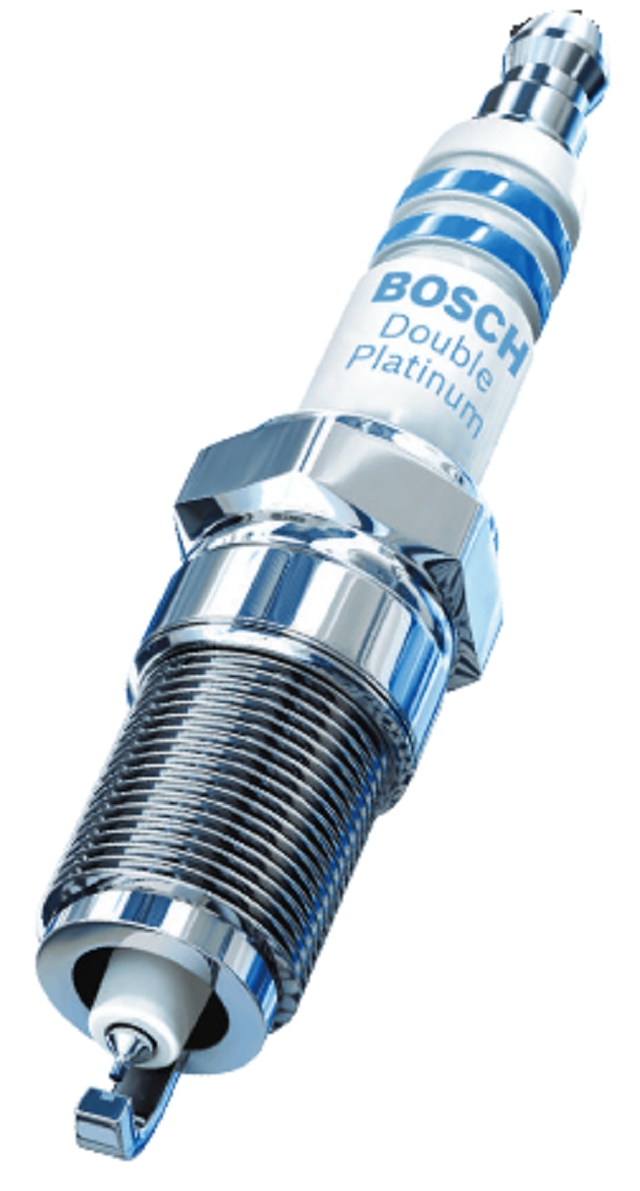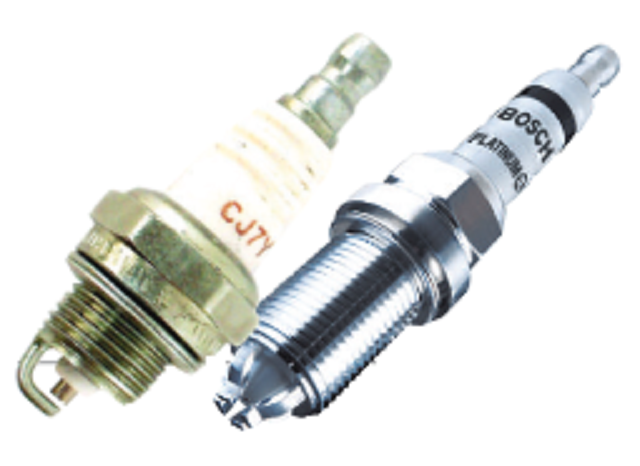
SPARK PLUGS: The essentials and the basics you need to know
It’s time to tune up your car, so you want to buy the best spark plugs. Fortunately, there are many choices. In most cases, you’ll find at least four different types of spark plugs, from at least three different manufacturers. Will it be platinum spark plugs? Copper spark plugs? Iridium spark plugs? How do you know which are the best spark plugs to buy? Simple. Just pick the spark plug based on the type of ignition system in your vehicle.
This article explains gives you some solid advice on which are the best spark plugs for your vehicle.
First, sparks like to jump from the sharpest point on the center electrode to the sharpest point on the side electrode. So you want a plug that retains its sharp edge for the most miles. Precious metals like platinum and iridium are harder and have lower melting temperatures than the nickel alloy electrodes found in traditional copper spark plugs.
Second, the smaller the diameter of the center electrode, the lower the voltage needed to start the spark. Keep those shopping tips in mind as you review the best spark plugs for your vehicle.
Copper spark plugs—where to use them
Copper spark plugs have a solid copper core, but the business end of the center electrode is actually a 2.5mm-diameter nickel alloy. That’s the largest diameter electrode of all the spark plug types. Remember, the smaller the diameter, the less voltage required to initiate the spark. Nickel alloy is also softer than either platinum or iridium, so the sharp firing edge you get right out of the box tends to wear out quickly. Despite those shortcomings, copper spark plugs are still a good choice for certain applications. Copper spark plugs are best for older (pre-‘80s) vehicles with low voltage distributor-based ignition systems. But don’t use copper spark plugs in high-energy distributor-less ignition systems (DIS) or coil-on-plug (COP) ignition systems. They’ll wear out too quickly.
Single platinum spark plugs
A single platinum spark plug is basically styled after a copper spark plug with a platinum disc welded to the tip of the center electrode (see photo). Since platinum is harder than nickel alloy, it holds its sharp edge for as long as 100,000 miles. Platinum spark plugs also run a bit hotter, preventing spark plug deposit build-up and fouling.
Platinum spark plugs are usually the best spark plugs for newer vehicles with electronic distributor-based ignition systems and some (DIS) systems.
Double platinum spark plugs—twice as good?
Double platinum spark plugs were designed for “waste spark” DIS ignition systems. In a waste spark system, the spark jumps from the center electrode to the side electrode for the cylinder that’s on the compression stroke. To return the electrical pulse back to the ignition coil pack, the spark jumps backwards (side-to-center) on the partner cylinder. Since the partner cylinder is on its exhaust stroke, nothing ignites and the spark is “wasted.” You can’t use single platinum spark plugs or traditional copper spark plugs in these systems because the side electrodes aren’t designed to handle the reverse spark. But double platinum spark plugs, with a platinum disc welded to their side electrode, work exceptionally well. Both the center and side platinum discs remain sharp, allowing sparks to fly easily in both directions without causing rapid electrode wear.

Iridium spark plugs—the best kind around
You guessed it: iridium is harder than platinum. In most cases, iridium spark plugs last about 25 percent longer than comparable platinum spark plugs. Because iridium is costly, iridium spark plug manufacturers reduce the diameter of the center electrode to as little as .4mm. In addition to saving money, the “fine wire” center electrode of iridium spark plugs increases firing efficiency.
Spark plugs with “U,” “split” and “V” groove side electrodes
As the spark ignites the air/fuel mixture, the colder side electrode tends to “quench” the flame. To combat quenching, some spark plug manufacturers cut a “U” or “V” shaped channel into the “spark receiving” surface of the side electrode.
Please note: Always consult your owner’s manual first. Follow the manufacturer’s recommendations. Waiting till full service cycle to replace plugs could cause them to seize to the cylinder head, making removal difficult. In addition, the wear that occurs during the last 20% of a spark plug’s life will cost you far more in reduced gas mileage than the cost of a new set of plugs.
Source: The Internet
 The Independent Uganda: You get the Truth we Pay the Price
The Independent Uganda: You get the Truth we Pay the Price


